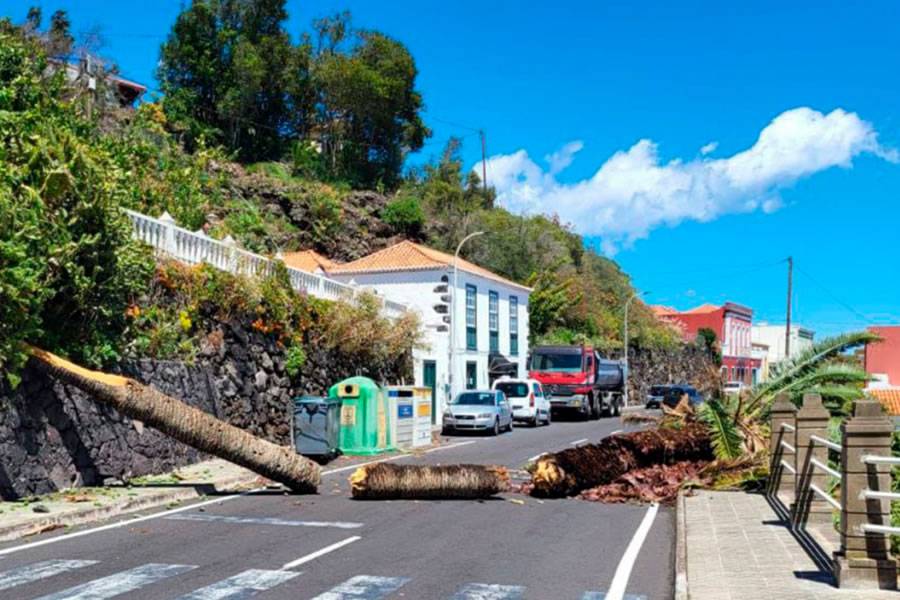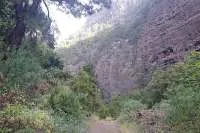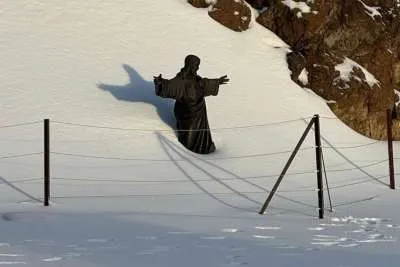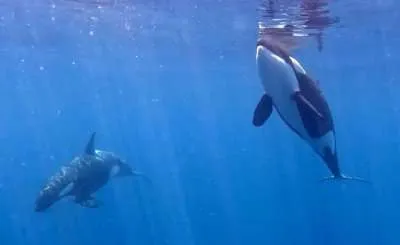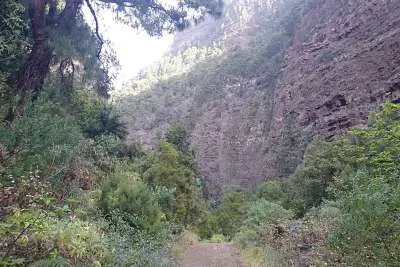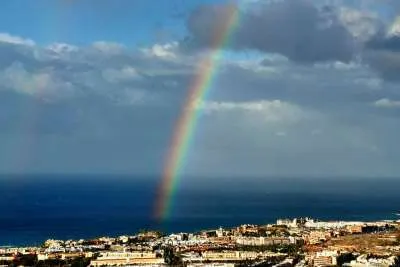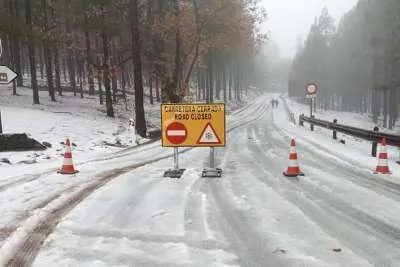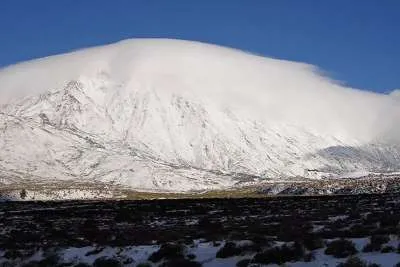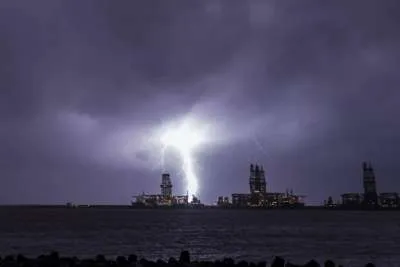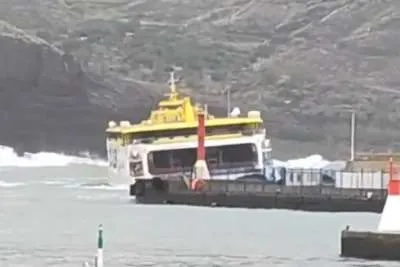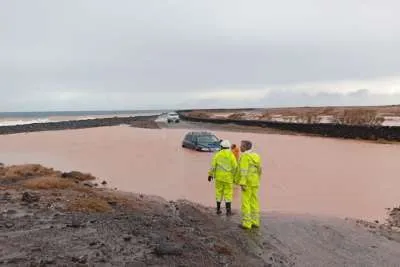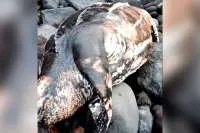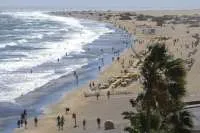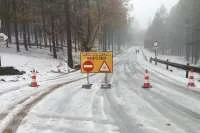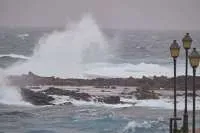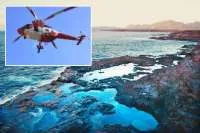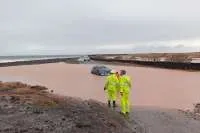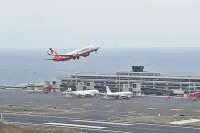Weather warnings lifted after Storm Nuria batters the Canary Islands cancelling 45 flights
- 04-04-2025
- National
- Canarian Weekly
- Photo Credit: DA
The storm system Nuria lashed the Canary Islands on Thursday, leaving a trail of disruption across the archipelago before gradually moving away overnight. With hurricane-force winds and torrential rain, the storm triggered over 300 emergency calls and led to the cancellation of 45 flights.
The brunt of the storm was felt in parts of Tenerife, the western islands, and in Gran Canaria, where the State Meteorological Agency (AEMET) had accurately forecast severe wind gusts. Wind speeds reached 124 km/h in Teide National Park, 119 km/h in Vallehermoso (La Gomera), and exceeded 100 km/h in several other locations, including El Hierro and La Palma.
The powerful gusts caused hundreds of incidents across the islands, mostly related to falling debris such as rocks, signs, and tree branches. Structural damage, blocked roads, and widespread power outages were also reported. One of the most striking images shared on social media was of an electricity pylon toppled in Gáldar, Gran Canaria.
Two people sustained injuries during the storm. A 72-year-old man in Puerto de la Cruz suffered a leg injury after being struck by a sheet of metal, while another man was treated in Agaete, Gran Canaria, after glass shattered at a bus stop shelter.
By 9:00pm last night, the emergency services (112) had received nearly 300 calls from across the region.
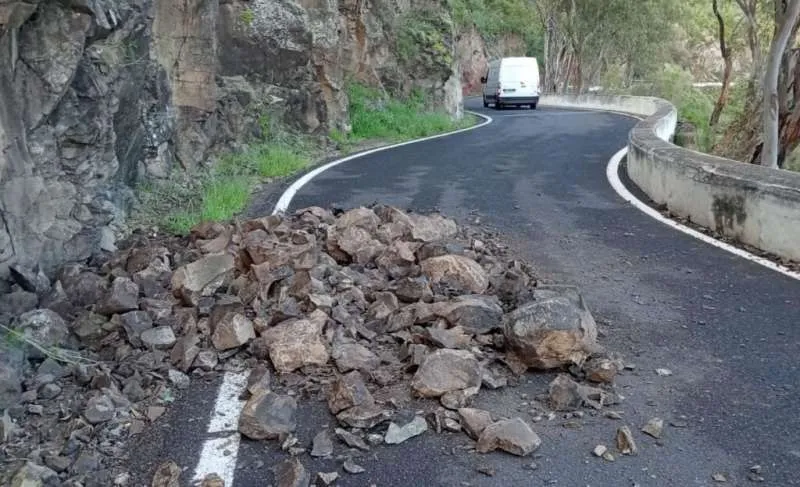
Despite the chaos, weather conditions are expected to improve significantly today. With AEMET lifting all severe weather alerts and no further warnings in place, schools, colleges and universities throughout the Canary Islands are set to reopen.
The Canary Islands Ministry of Education confirmed the resumption of classes late last night, following an announcement from the Directorate-General for Emergencies that the high alert status would be lifted as of 11:00pm.
In addition to the winds, Nuria brought heavy rain, particularly to the western islands. The highest recorded precipitation occurred in Cruz de Tea, in the municipality of Granadilla de Abona, (Tenerife) where 88 litres per square metre fell. Vilaflor de Chasna followed with 60 litres, while other significant downpours were measured at Roque de los Muchachos (44 litres), La Palma airport (28 litres), and areas of El Hierro, Gran Canaria, and Tenerife (22 litres).
The storm also disrupted air travel. According to airport authority AENA, 45 flights were cancelled and three diverted due to the adverse weather. La Palma was the worst affected, with 36 flight cancellations. El Hierro had seven cancellations and La Gomera two. Three flights had to be rerouted—two to Fuerteventura and one to Tenerife.
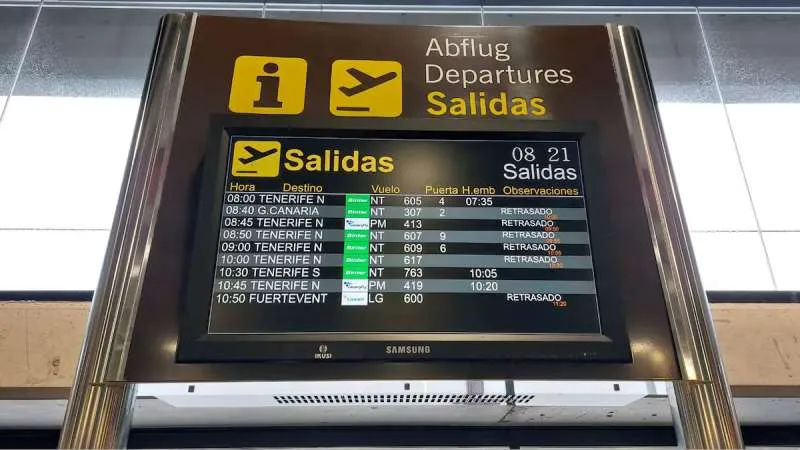
Maritime conditions were similarly hazardous, with waves reaching up to five metres in height. This prompted the closure and evacuation of several beaches in Tenerife, including La Nea (El Rosario), El Bollullo (La Orotava), and Las Teresitas in Santa Cruz.
Today brings a brief respite, with calmer conditions and only a low chance of light, scattered showers in the north and west of Tenerife and La Palma. Winds are expected to remain light to moderate.
However, the relief may be short-lived. Meteorological models are already predicting the arrival of further storms next week, suggesting that the Canary Islands’ battle with turbulent spring weather is far from over.
Other articles that may interest you...
Trending
Most Read Articles
Featured Videos
A Vision of Elvis Tenerife Promo
- 10-05-2025
TEAs 2025 Highlights
- 17-11-2025


